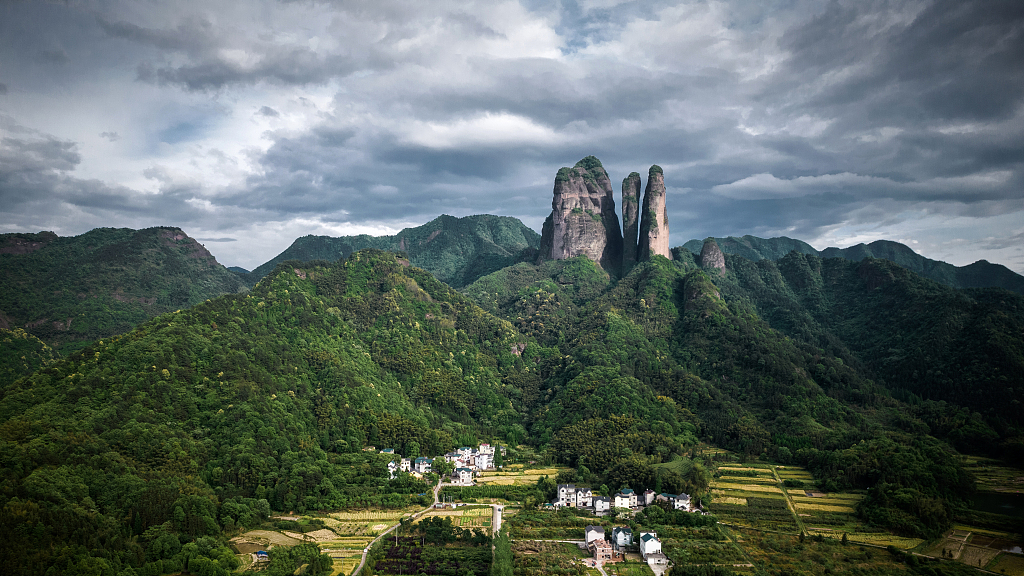
Image designer: Qu Bo
Quzhou, located in the west of Zhejiang Province and at the source of Qiantang River, is a famous historical and cultural city of China.
Founded in the third year of the beginning of the Han Dynasty (192), the city has a history of more than 1,800 years. Its long history has made the small city famous in across the country. Among them, one of the most prominent names of this city is that it is the second hometown of the descendants of Chinese philosopher and politician Confucius.
Quzhou is the residence and second hometown of the descendants of the sage Confucius besides Qufu city in Shandong Province. It is the center for the spread of Confucian culture in the south of the Yangtze River. The Quzhou Confucius family temple is one of the only two Confucius family temples in the country.

The Quzhou Confucius family temple is one of the only two Confucius family temples in the country. (Photo: CFP)
After being relocated and built three times and repaired more than ten times, the current site was built in AD 1520 and is located in the east corner of Quzhou City. It was planned and constructed according to the scale of the Confucian Temple in Qufu.
In addition to Confucius, Quzhou is also praised for one of its extraordinary natural landscape, and that is the famous Jianglang mountain. Jianglang, which literally means Jiang's man in Chinese is listed in the World Natural Heritage List as one of the nominations for China's Danxia landform.
Jianglang Mountain is located at the center of Zhejiang, Fujian and Jiangxi provinces. It is a national key scenic spot and a national AAAA scenic spot. Jianglang Mountain is a rare natural landscape of the Danxia landform in the old age period with high solitary peaks.

Jianglang Mountain is located at the center of Zhejiang, Fujian and Jiangxi provinces. It is a national key scenic spot and a national AAAA scenic spot. (Photo: CFP)
The three boulders are more than 360 meters high and are believed to be the incarnation of the Jiang brothers. It is said that in ancient times three brothers of the Jiang family climbed to the top of the mountain and formed into three huge stones, and that’s also where the name of the mountain came from.
The main peak of Jianglang Mountain is 824 meters above sea level with a slope of 88 degrees or more. It is a natural monument, a spectacular landmark, and a masterpiece of the Danxia landform.
On the 34th World Heritage Conference held in Brazil in August 2010, with the approval of the UNESCO World Heritage Committee, "China's Danxia landform" was included in the World Heritage List. Jianglang Mountain was listed among them, becoming the first World Natural Heritage site in Zhejiang Province.


